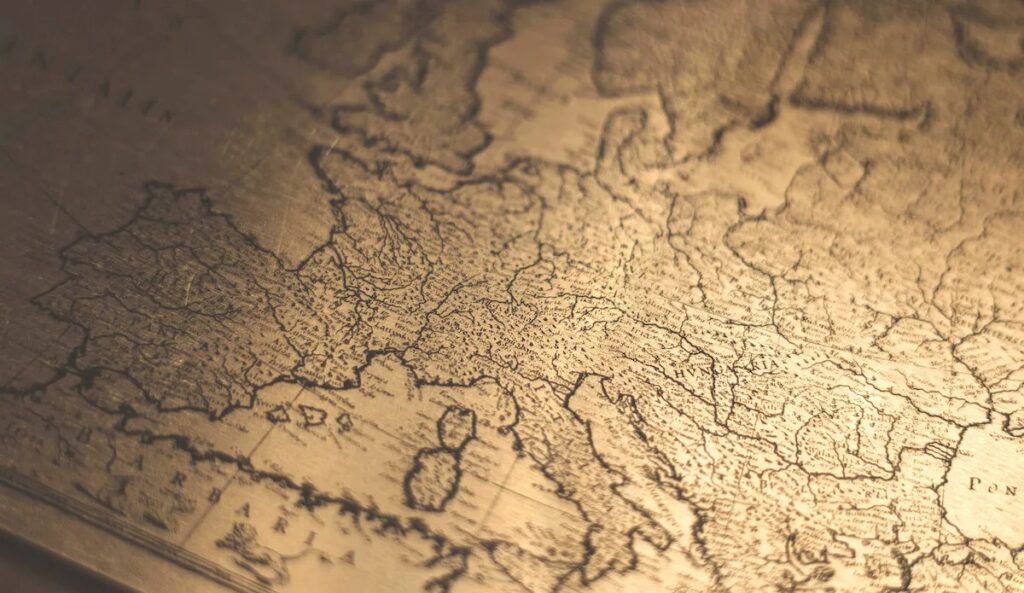From French to Estonian, our continent features many beautiful and unique languages. There is a European language for those who want an adventure and those looking for a challenge. Here is a rundown of exciting facts you may have not known about languages in Europe.
Europeans love languages. We don’t just speak over 200 languages; many Europeans are already bilinguals. Learning new languages can be a big treat, and research shows it can boost your cognitive skills and improve your mood. You can make new friends faster and travel around Europe, taking in the different sites. Perhaps with these interesting facts about European languages, you’ll also want to pick a new one to speak.
A continent of languages
Europeans speak around 225 indigenous languages. That sounds like quite a lot, but these languages comprise just 3% of the world’s total. Africa and Asia are home to most of the spoken languages in the world.
While English is among the world’s most known languages, German has the most native speakers in Europe. It is the official language of Germany, Austria, Switzerland and Liechtenstein.
Three main language groups
Most European languages belong to three main language groups: Germanic, Romance and Slavic. Languages belonging to the same group don’t always sound the same, although they have many similarities. The Germanic language family includes German, Norwegian and English, for instance. Some of the Romance languages include French and Romanian. Ukrainian, Bulgarian and Serbian are among the Slavic languages.
The oldest and newest European languages
Basque is the oldest European language. It also doesn’t belong to any of the three most common European language groups and is often considered a ‘linguistic mystery’. Basque is spoken natively by people who live in Spain and France, and it isn’t related to any other language.
The newest language in Europe is Esperanto. It’s not an officially recognised language but is spoken by over 2 million people across the continent. Many people consider it to be the most accessible European language to learn.
The youngest Germanic language is Yiddish which arose in the early Middle Ages in Europe and was the daily language of millions of Jews before the Holocaust. After WWII, it continued to be used by the survivors and, nowadays, has been revived again. Among the Romance languages can be found Ladino, a Judeo-Spanish language based on old Spanish.
Hungarian, Finnish or whistling?
Hungarian is touted as the most difficult language if you’re looking for a challenge. Many language learners consider it among the toughest because of its rules. Finnish is the other complex European language often found in the most challenging language lists. The language has no similarities to Latin or Germanic, so it can be challenging for English speakers to learn - not to mention there is no future tense in the language.
In Spain, you could even converse in a language entirely of whistling. Silbo Gomero is taught in local schools, and listening to it can be a pretty extraordinary experience!
Unique alphabets
European languages most commonly use the Latin alphabet you’re reading now. Some Slavic languages use the Cyrillic alphabet. Greek, Armenian, and Georgian have their unique alphabets, and Yiddish uses Hebrew.
Latin used to rule
Speaking of Latin, you can choose Latin as your language when taking out cash at an ATM in Vatican City. It is also still spoken around the tiny city-state. Italian didn’t become an official language in the surrounding country of Italy until 1861, as many across the region only spoke Latin or other languages.
Longest words in Europe
Many words in European languages are not the easiest. German used to have a word in the dictionary that was: Rindfleischetikettierungsüberwachung- saufgabenübertragungsgesetz. Yes, they officially decided to drop it from the German Dictionary for being impractical (we might agree!). If you’re wondering what it meant, the word translates to ‘the law concerning the delegation of duties for the supervision of cattle marking and the labelling of beef’.
Perhaps one of the most famous European words is the place in Wales called Llanfairpwllgwyngyllgogerych- wyrndrobwllllantysiliogogogoch. It’s a lovely village in the North West of Wales and the longest town name in the UK. It’s probably not a place you want to ask directions to, so luckily, you can easily catch a train there!
A continent of bilinguals
A 2016 EU survey found that 80% of Europeans knew a second foreign language. For many, this tends to be English, but it could also be another official language of their home country. For example, Spain’s official and national languages include Spanish, Catalan, Galician and Basque.
The same survey found that 25% of Europeans speak two foreign languages proficiently. Speaking of bilinguals, many reach ‘perfect bilingualism’, as knowledge of one language always tends to be stronger than knowing two perfectly.
The Netherlands might be the most multilingual country in Europe. According to the Independent, only 0.3% of the population can’t speak a second language. The UK might be the most monolingual, as studies have shown that only a third of Brits could converse in a second language.
Languages spread across the world
Europe is full of languages, and we even speak many non-European languages on the continent. Some of the most common non-European languages you might hear include Chinese, Arabic and Hindi.
You can hear roughly 300 different languages in London, the capital city of the United Kingdom, and it is one of the cities with the most spoken languages in Europe. Many other capital cities have similar spoken languages, largely thanks to migrants from all over the world.
European languages have also spread across the world. Only 5% of Portuguese speakers live in Portugal, and the majority live in Brazil. Similarly, the second-largest French-speaking city in the world isn’t in France but in Africa, in the Democratic Republic of Congo. Its capital city Kinshasa has bustling city streets where you can hear French.
Tongue twisters for all occasions
Suppose you are considering picking up a new language; how about starting with tongue twisters? European languages love tongue twisters, and they are hilarious across the continent.
You could learn the Spanish saying, “Tres trusts tigers tragaban trigo en un trigal”, loosely meaning that three sad tigers have swallowed wheat from a wheat field.
You might enjoy a lovely pint in Ireland only to be told, “Ná bac le mac an bhacaigh agus ní bhacaigh mac an bhacaigh leat”. The sentence translates to advice that if you don’t bother the beggar’s son, the beggar’s son won’t bother you.
You might also opt for a tongue twister from Finland which tells you there’s a water troll hissing in the lift. It goes like this “vesihiisi sihisi hississä”.
A day of language celebrations
Europe is home to many wonderful people and exciting languages. If you feel like celebrating these languages, you can do so on September 26. The EU decided to mark the day as the European Day of Languages to promote language learning. But we feel our beautiful languages are always worth celebrating, so next time you’re heading to a European country, remember these interesting facts and learn a few words to celebrate the richness of languages!


